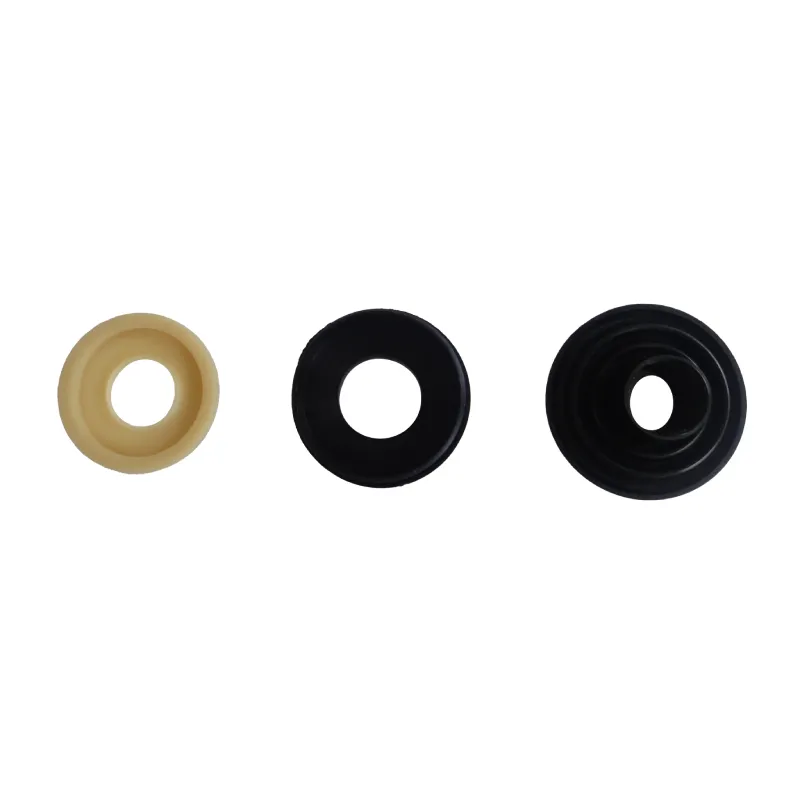 Afrikaans
Afrikaans  Albanian
Albanian  Amharic
Amharic  Arabic
Arabic  Armenian
Armenian  Azerbaijani
Azerbaijani  Basque
Basque  Belarusian
Belarusian  Bengali
Bengali  Bosnian
Bosnian  Bulgarian
Bulgarian  Catalan
Catalan  Cebuano
Cebuano  Corsican
Corsican  Croatian
Croatian  Czech
Czech  Danish
Danish  Dutch
Dutch  English
English  Esperanto
Esperanto  Estonian
Estonian  Finnish
Finnish  French
French  Frisian
Frisian  Galician
Galician  Georgian
Georgian  German
German  Greek
Greek  Gujarati
Gujarati  Haitian Creole
Haitian Creole  hausa
hausa  hawaiian
hawaiian  Hebrew
Hebrew  Hindi
Hindi  Miao
Miao  Hungarian
Hungarian  Icelandic
Icelandic  igbo
igbo  Indonesian
Indonesian  irish
irish  Italian
Italian  Japanese
Japanese  Javanese
Javanese  Kannada
Kannada  kazakh
kazakh  Khmer
Khmer  Rwandese
Rwandese  Korean
Korean  Kurdish
Kurdish  Kyrgyz
Kyrgyz  Lao
Lao  Latin
Latin  Latvian
Latvian  Lithuanian
Lithuanian  Luxembourgish
Luxembourgish  Macedonian
Macedonian  Malgashi
Malgashi  Malay
Malay  Malayalam
Malayalam  Maltese
Maltese  Maori
Maori  Marathi
Marathi  Mongolian
Mongolian  Myanmar
Myanmar  Nepali
Nepali  Norwegian
Norwegian  Norwegian
Norwegian  Occitan
Occitan  Pashto
Pashto  Persian
Persian  Polish
Polish  Portuguese
Portuguese  Punjabi
Punjabi  Romanian
Romanian  Russian
Russian  Samoan
Samoan  Scottish Gaelic
Scottish Gaelic  Serbian
Serbian  Sesotho
Sesotho  Shona
Shona  Sindhi
Sindhi  Sinhala
Sinhala  Slovak
Slovak  Slovenian
Slovenian  Somali
Somali  Spanish
Spanish  Sundanese
Sundanese  Swahili
Swahili  Swedish
Swedish  Tagalog
Tagalog  Tajik
Tajik  Tamil
Tamil  Tatar
Tatar  Telugu
Telugu  Thai
Thai  Turkish
Turkish  Turkmen
Turkmen  Ukrainian
Ukrainian  Urdu
Urdu  Uighur
Uighur  Uzbek
Uzbek  Vietnamese
Vietnamese  Welsh
Welsh  Bantu
Bantu  Yiddish
Yiddish  Yoruba
Yoruba  Zulu
Zulu Efficient Conveyor Hanger Solutions for Streamlined Material Handling Systems
The Role and Importance of Conveyor Hangers in Material Handling Systems
In the modern manufacturing and logistics landscape, the efficiency of material handling systems is crucial for maintaining productivity and ensuring timely delivery of products. Among the many components that facilitate these systems, conveyor hangers play a significant yet often overlooked role. This article explores the function, types, and importance of conveyor hangers in various industries.
What Are Conveyor Hangers?
Conveyor hangers are structural components that support the overhead conveyor systems, ensuring they remain securely in place while facilitating the movement of materials. These hangers are typically designed to hold the conveyor in a position that allows for optimal operation without compromising the safety of the system. They come in various shapes and sizes, tailored to fit different types of conveyor systems and the specific loads they are expected to handle.
Types of Conveyor Hangers
1. Single Hangers These are used for lighter loads and are typically made from steel or aluminum. They feature a single point of attachment, offering simplicity while providing adequate support.
2. Double Hangers Designed for heavier loads, double hangers distribute the weight more evenly, assisting in maintaining the balance of the conveyor system. They often come with additional features like adjustable heights for flexibility.
3. Adjustable Hangers These hangers can be modified to meet specific operational needs, allowing businesses to reconfigure their systems as demands change. This adaptability is especially valuable in dynamic environments where product lines frequently shift.
4. Specialty Hangers Some applications require customized hangers, which can be engineered to meet unique requirements, such as resistance to harsh chemicals or extreme temperatures. This specialization helps in maintaining efficiency and safety in specialized industries.
conveyor hanger

Importance of Conveyor Hangers
1. Structural Support The primary function of conveyor hangers is to provide structural support for conveyor systems. This support is critical for the longevity and reliability of the entire material handling system. A well-designed hangar system can prevent sagging and misalignment, ensuring smooth operation.
2. Safety In any industrial setting, safety is paramount. Properly installed conveyor hangers minimize the risk of accidents caused by conveyor system failures. They help ensure that the conveyor remains at an appropriate height and alignment, reducing the chances of collisions or material spillage.
3. Efficiency Well-placed hangers contribute to the overall efficiency of a material handling system. By ensuring that a conveyor runs at the proper angle, they help maintain the optimal flow of materials. This efficiency translates into reduced downtime and increased productivity, which are essential for profit margins in competitive markets.
4. Maintenance Regular maintenance of conveyor systems is crucial, and hangers play a part in this process. With adjustable hangers, technicians can easily access different parts of the conveyor for inspection and repair without disassembling the whole system, thus streamlining maintenance activities.
5. Customization and Flexibility As industries evolve, the need for flexibility in manufacturing and logistics operations increases. Conveyor hangers can be configured and installed to meet custom requirements, allowing businesses to adapt their material handling systems without significant overhauls.
Conclusion
Conveyor hangers are a fundamental component of any overhead conveyor system. They provide necessary support, enhance safety, improve operational efficiency, and allow for customization in a rapidly changing industrial landscape. By understanding their importance and ensuring proper installation and maintenance, businesses can significantly enhance their material handling capabilities, leading to improved productivity and profitability. In a world where efficiency is key, the role of conveyor hangers cannot be understated.
-
Revolutionizing Conveyor Reliability with Advanced Rubber Lagging PulleysNewsJul.22,2025
-
Powering Precision and Durability with Expert Manufacturers of Conveyor ComponentsNewsJul.22,2025
-
Optimizing Conveyor Systems with Advanced Conveyor AccessoriesNewsJul.22,2025
-
Maximize Conveyor Efficiency with Quality Conveyor Idler PulleysNewsJul.22,2025
-
Future-Proof Your Conveyor System with High-Performance Polyurethane RollerNewsJul.22,2025
-
Driving Efficiency Forward with Quality Idlers and RollersNewsJul.22,2025





























